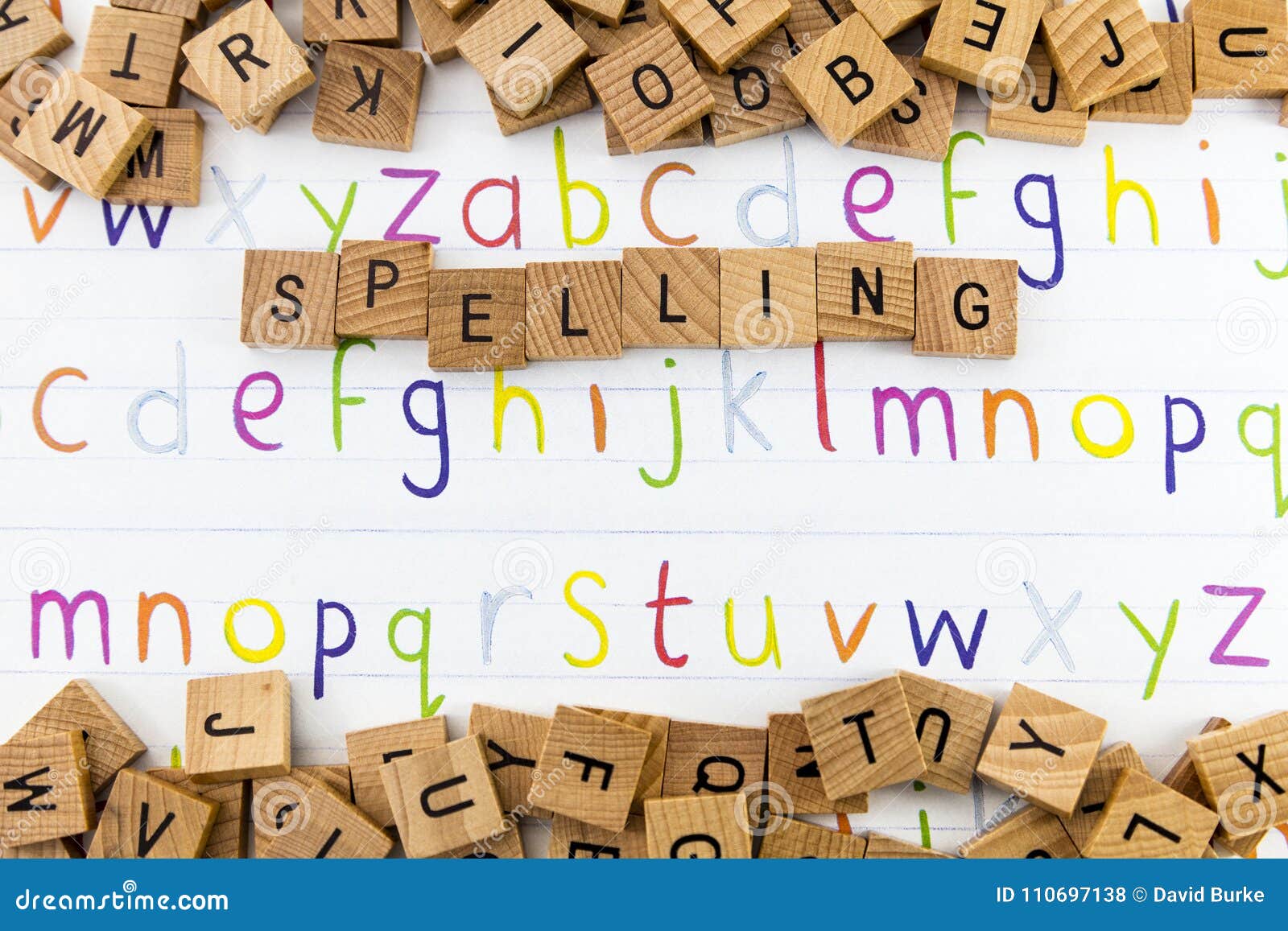
#Spelling alphabet letters in english how to
Most of Latin American countries do not differentiate ‘z’ from ‘s’ in terms of pronunciation.If you don’t know how to read IPA, check out the Fluent in 3 Months guide to reading IPA. Same as in English, in words such as ‘exchange’ Uve doble or doble uve or doble ve or doble u Most of Latin American countries do not differentiate ‘b’ from ‘v’ in terms of pronunciation. The first one sounds very similar to the ‘d’ in ‘Adam’ or the ‘t’ in ‘atom’Ī double ‘r’ however is a vibrant sound, a rolling ‘r’, as when you are imitating a motorcycle: vrrroooom! There isn’t a similar sound in English and you have to train your muscles to get it right. Sound: a single ‘r’ is different from a double ‘r’. Sound: same as the English sounds for ‘q’ and ‘k’ Sound: very similar to the ‘gn’ in ‘lasaGNa’ or ‘ny’ in ‘KeNYa’ Sound: it is the same as the ‘K’ in ‘Kilometer’


The most approximate sound in English is the ‘H’ in words such as ‘Holy’:

It is the same sound in English: ‘charming’ It is only pronunciated when placed after a ‘c’. Or an ‘H’ as in ‘Hawk’, before ‘i’ and ‘e’ *the syllables in caps are pronounced with emphasis. Below you’ll find all 27 letters of the ‘abecedario’ and their names, along with an example word for each and the pronunciation using English sounds.

The majority of the letters in Spanish have their own special names and people use them all the time when spelling out words.
#Spelling alphabet letters in english plus
The ‘abecedario’ or Spanish alphabet includes all the 26 letter of the English alphabet, plus the ‘ñ’, a letter that plays a key role in the pronunciation of lots of Spanish words. By using this kind of comparative English/Spanish approach we’ve had great success in our Fluenz language learning programs. For instance the letter ‘i’ in Spanish sounds exactly like the letter ‘e’ in English, a simple fact that can help anyone remember how to say ‘i’ in Spanish. The fastest way to learn the Spanish alphabet is to know what each letter actually sounds like and more than anything, what each letter sounds like to an English-speakers.


 0 kommentar(er)
0 kommentar(er)
